
I used to read the pulp magazines about the aces of WW I, such as the Red Baron. That's probably how I became interested in flying.
But when I became a fighter pilot, I didn't care about flying straight and level; I was more interested in the fighter aspects of pursuing and attacking an enemy. It was the aggressive instinct of being a fighter pilot in combat, hunting and attacking other airplanes as opposed to being the hunted, that intrigued me the most."
Earning my wings
My initial exposure to the military was in 1939. At the ripe old age of 17 I joined the 41st Infantry Division of the National Guard in Seattle, Washington, because my parents thought that serving a year in the Army would do me some good. I guess it was because trouble always followed me wherever I went-thankfully always two steps behind! As a foot soldier, my mind was always in the clouds, so when the opportunity presented itself for me to go into aviation training, I was at the front of the line signing up. After completing preflight, I was sent to Cal-Aero in Chino, California, and almost washed out.
هذه القصة مأخوذة من طبعة July - August 2024 من Flight Journal.
ابدأ النسخة التجريبية المجانية من Magzter GOLD لمدة 7 أيام للوصول إلى آلاف القصص المتميزة المنسقة وأكثر من 9,000 مجلة وصحيفة.
بالفعل مشترك ? تسجيل الدخول
هذه القصة مأخوذة من طبعة July - August 2024 من Flight Journal.
ابدأ النسخة التجريبية المجانية من Magzter GOLD لمدة 7 أيام للوصول إلى آلاف القصص المتميزة المنسقة وأكثر من 9,000 مجلة وصحيفة.
بالفعل مشترك? تسجيل الدخول
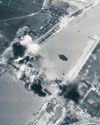
A-26 BRIDGE BUSTER
Courage under fire in North Vietnam
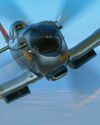
Spitfire FIGHTER-BOMBERS
The iconic fighter was surprisingly effective in other roles
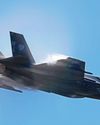
"BAT WING" LIGHTNING
The Charlie-Model F-35
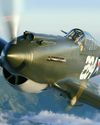
OUTGUNNED & OUTMANNED
A losing battle against a well-equipped foe
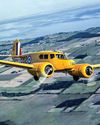
Wichita Wonder
Cessna’s I-50 proves to be astonishingly necessary for RCAF trainees
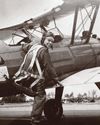
WARRIORS REMEMBERED
Families gather in England to pay tribute to a fallen WW II aircrew
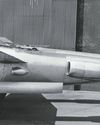
Lockheed XP-49: Trying to Do the P-38 One Better
IT MADE NUMEROUS TEST FLIGHTS and at least one cross-country journey, yet no air-to-air picture of it appears to have survived.

Keeping 'em Flying!- The new generation of warbird pilots, restorers and mechanics
The new generation of warbird pilots, restorers and mechanics. Nearly 80 years after the end of World War II, the fighters, bombers, and trainers that defended freedom continue to enthrall and inspire audiences at airshows, thanks to generations of warbird pilots, maintainers, restoration specialists and collectors. In our September, 2022 issue we introduced you to the young warbird pilots, maintainers and restorers who are already beginning to displace more "experienced" warbird fliers and fixers.

The Corsair Maker- Bringing the Vought Corsair to the fleet was a daunting challenge that spanned nearly three years.
When the first production Corsairs exited the Stratford factory in June 1942, Guyton, as seen here, was tapped to manage the flight and production test program. Armament was improved to six wing-mounted .50s, displacing the wing fuel tanks now placed forward of the cockpit which necessarily was moved rearward by 32 inches. Overall length was increased, armor plate added, landing, arresting and tail gear improved, aileron control enhanced, and a new version of the R2800 engine was incorporated. But those significant improvements unearthed numerous idiosyncrasies that would take an extended period to make the Corsair acceptable for carrier operations

STARFIRES Over Korea
F-94 pilots tangle with MiGs